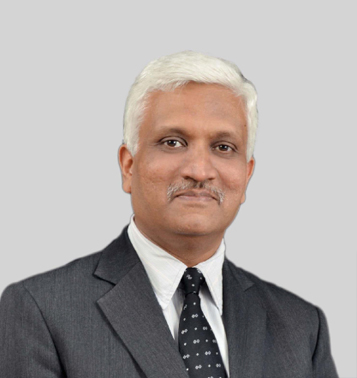PAFI VIEWS
Reforms at state-level critical for reviving and boosting growth
Author - T S Vishwanath

Reforms at state-level critical for reviving and boosting growth
Mini
Big bang economic reforms of the 1990s, as we all know, helped change India. This has been followed by several incremental and somewhat substantial reforms by various governments at the Centre.
Big bang economic reforms of the 1990s, as we all know, helped change India. This has been followed by several incremental and somewhat substantial reforms by various governments at the Centre. However, if India needs to move to a higher growth trajectory, then some extensive reforms must happen at the state level. Importantly, in two specific areas – agriculture and all areas that are covered by the seventh schedule of the Constitution under the state list that can help boost revenue for the states, which includes stamp duty, state excise and electricity duties.
The Public Affairs Forum of India (PAFI) in its annual event for 2021 will focus on the need of re-imagining, rebooting, and reforming for reviving the economy. States will be important stakeholders in the deliberations and are expected to discuss the next steps to revive growth while remaining committed to the larger vision of cooperative federalism.
It may be worthwhile if on some important reforms at the state level can be undertaken over the next couple of years to reboot the economy that can withstand the kind of shocks that Covid delivered.
To begin with they may want to focus on agricultural reforms. Reforms in this very critical sector are constantly stuck in a political quagmire. In their bid to help small farmers, states often yield to the voices of the large farmers who have greater influence. It is important to consider the fact that nothing substantial has been achieved by most states to improve farm earnings.
Most announcements by states in the sector remain populist. It is very difficult to find good practices in states that help agriculturists become part of a value chain with industry to boost income levels. The examples of such value chains remain very little and far in-between. Surely, a one-size fits all will not work for all states that are willing to reform this sector as challenges differ. Importantly, states must recognize that this sector needs some hard reforms if the livelihood of the farmers, especially the small farmers, requires improvement.
The GST regime is the best example of cooperative federalism. However, a close reading of the news reports on GST meetings indicates that the bulk of the deliberations within the Council is only on how to boost revenues and no significant time seems to be spent on discussing how this strong tool in the hands of the Centre and states can be used to assist sectors boost demand and thereby growth.
GST rates can play an important role in ensuring investments into states. And, therefore, states may want to consider taking a more comprehensive view while looking at different sectors while suggesting changes in GST rates. It may be worthwhile for the Council to launch an independent study that can look at the linkages between GST rates and investment plans of corporates across sectors. A similar exercise is also required in other areas that are revenue earners for the states- excise duty on alcoholic beverages and stamp duty on real estate. Studying the impact of revenue generation tools on economic growth and possible employment may be a worthwhile exercise for states.
The next couple of years following the disruptions due to the pandemic will be critical for states to boost investments. They may, therefore, want to look at a three-point agenda.
First, ensure that the discussion around cooperative federalism is not coloured by political undercurrents. Second, revenue generation does not become a stand-alone exercise but is based on deep and continuous stakeholder consultation and is linked to the larger vision of driving investment and growth. Third, involve all stakeholders importantly corporates in the policy-making process so that there is complete transparency and there are no surprises for any stakeholder when the policies that impact them are announced.
The author, T S Vishwanath, is Principal Adviser, ASL and Co-Founder, RV-VeKommunicate and Past President and Founding Member of PAFI. The views expressed are personal


